Day 6 - Cobh, Cork & Kinsale
So this is Sunday, the fifth day of the tour and the sixth day of our expedition. As usual, the day has started out rainy, but, if the pattern continues, it will end before we arrive at our first destination and the day will end an excellent example of Irish weather. Our objective today is the town of Cobh (pronounced “cove”), Co. Cork, lying to the southeast of our present headquarters at Cork. It had been renamed Queenstown to commemorate a visit by Queen Victoria but was restored to its original name with the establishment of the Irish Free State in 1922.
A community at Cobh may date back as early as 1000 BC when some believe the first dwellers landed on the Irish coast.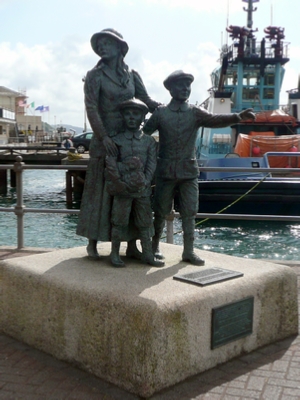 In more recent years, it was the departure point for more that 2.5 million emigrants to America between 1858 and 1950. In fact, the first person to be admitted to the United States through Ellis Island, Annie Moore, originated from Cobh in 1891. A statue of her and her siblings was erected to her in the harbor at Cobh. It sits in front of the Cobh Heritage Center, which we were to visit. However, though the tour guide stated that the center was open from 9am daily, it happens that it doesn’t open until 11am on Sunday. This illustrates the need for good intelligence...and a good cell phone. So, with the free time we had, we took a brief stroll of the lovely town of Cobh which proved to be right refreshing.
In more recent years, it was the departure point for more that 2.5 million emigrants to America between 1858 and 1950. In fact, the first person to be admitted to the United States through Ellis Island, Annie Moore, originated from Cobh in 1891. A statue of her and her siblings was erected to her in the harbor at Cobh. It sits in front of the Cobh Heritage Center, which we were to visit. However, though the tour guide stated that the center was open from 9am daily, it happens that it doesn’t open until 11am on Sunday. This illustrates the need for good intelligence...and a good cell phone. So, with the free time we had, we took a brief stroll of the lovely town of Cobh which proved to be right refreshing.
One last item before I move on.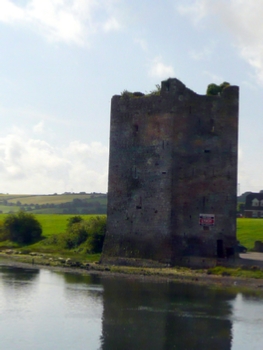 The ill-
The ill-fated first, and last, voyage of the RMS Titanic made its last port of call at Queenstown, today known as Cobh.
From Cobh we traveled back through Cork to Kinsale, Co. Cork (in the Irish Cionn tSáile). Kinsale is a lovely fishing village just to the southwest of Cork though it has a special place in Irish history. Earlier I related to you the history of the Battle of the Boyne in which the Protestant forces under King William defeated the Irish Catholic Jacobites under King James II (deposed) in 1690. Well, 89 years earlier, in 1601, the English defeated what amounted to Gaelic Ireland in the Battle of Kinsale.
The Spanish, in their continuing efforts to defeat England, sailed into Kensale harbor and landed about 5000 men at Kinsale. At the same time, about 6000 men under the two Irish chieftains, Hugh O'Neill, Earl of Tyrone, and Hugh Roe O'Donnell, marched from Ulster in the north to join the Spanish. Meanwhile, 12,000 English under Charles Blount, Lord Mountjoy, rushed to Kinsale and laid siege to the town, occupying the high ground above Kinsale, from where they continuously fired on the Spanish. Due to a lack of communications between the Spanish and the Irish, they were unable to smash the English between them. The English cavalry wreaked havoc among the Irish and most were finally forced to retreat back to Ulster. Though some remained to fight with O’Sullivan Beare, they were inadequate to be effective.
The Spanish held out for some time but were finally forced to sue for a settlement. Montjoy allowed them to leave Kinsale and they returned to Spain not knowing that Spain had dispatched another force in their aid. The Irish were unable to mount any offensive after Kinsale and, in 1603, were forced to surrender to England. Both Earls, O’Neill and O’Donnell were forced to flee to Spain and were never able to raise an army after that.
Montjoy allowed them to leave Kinsale and they returned to Spain not knowing that Spain had dispatched another force in their aid. The Irish were unable to mount any offensive after Kinsale and, in 1603, were forced to surrender to England. Both Earls, O’Neill and O’Donnell were forced to flee to Spain and were never able to raise an army after that.
England saw this a an opportunity to seize the lands of Ulster and brought in many lowland Protestant Scots to farm it. Thus were created the Ulster Scots that later emigrated to America to become what we know as the Scots-Irish. And that, as Mr. Harvey would say, is the rest of the story.
Our arrival in Kinsale was much less heralded and much less contested. We first visited the site of one of the earliest star forts, Ft. Charles, that lies in the Harbor of Kensale. In its day, a star fort was the ultimate in defensive technology. Because of its star configuration, all walls could be targeted from within the fort for defense. It remained in use up until the Irish Civil War in 1921.
We proceeded on into town where we had an opportunity to do a little shopping. We then took our mid-day meal at an establishment named Max’s Wine Bar.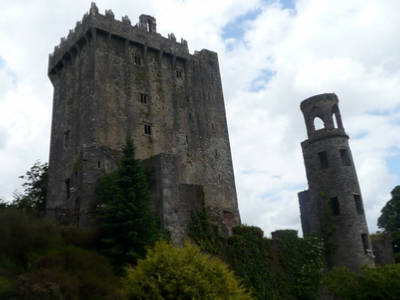 I dined on a half dozen oysters and a plate of mussels broiled in butter with garlic and bread crumbs. Along with a glass of wine, it is one of the best meals I have found so far.
I dined on a half dozen oysters and a plate of mussels broiled in butter with garlic and bread crumbs. Along with a glass of wine, it is one of the best meals I have found so far.
We then headed back through Cork to a well known castle just northwest of the city - Blarney Castle. Everyone knows that Blarney is famous for one thing...the old “Blarney Stone”. Now, the Blarney Stone which is known more formally as the Stone of Elegance is actually believed to be one half of the Scottish Stone of Scone, supposedly presented to Cormac MacCarthy, King of Ulster, by Robert the Bruce himself. This was done supposedly in gratitude for 4,000 Ulster troops sent by MacCarthy to the Battle of Bannochburn. Regardless, the Stone now rests high up in the castle and can only be kissed by one who lies on his back and tilts his head backward, kissing in an upside down position. And no, I did not kiss it. After all, you don’t know where the mouths before you have been!
Blarney Castle being our last point of reconnoiter for the day, we returned to Cork for inner and a well earned rest.
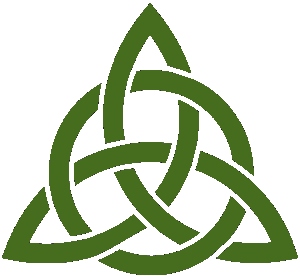
Cork & Kinsale
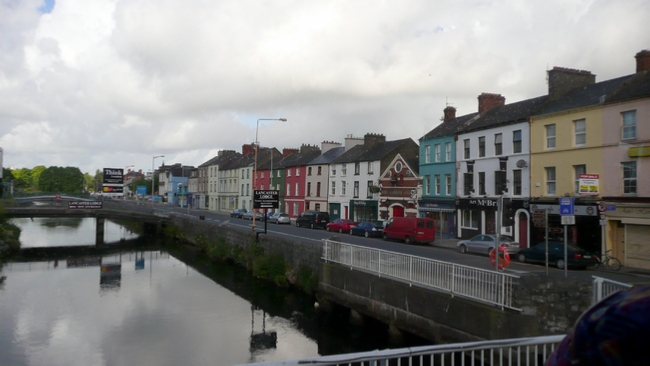
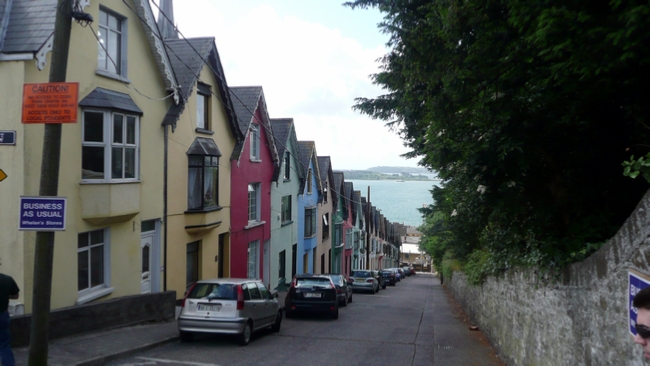

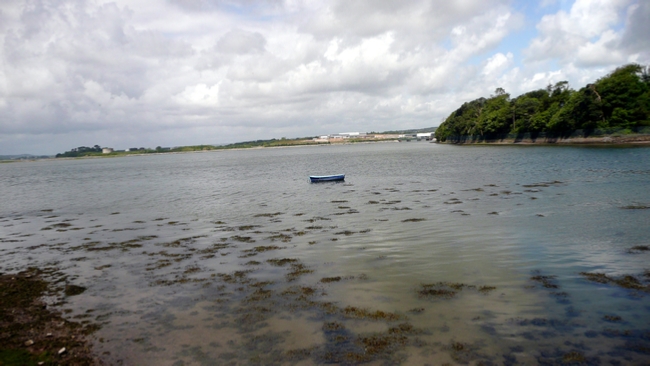
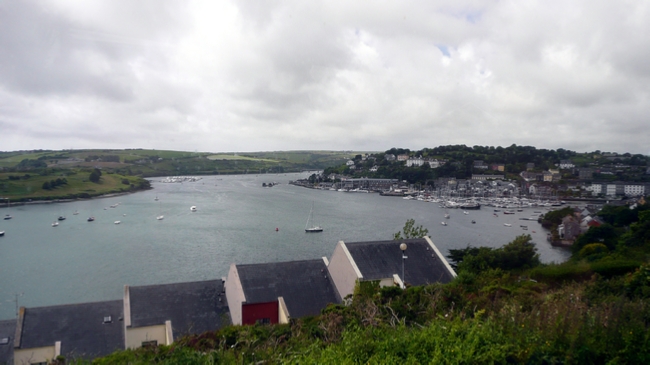

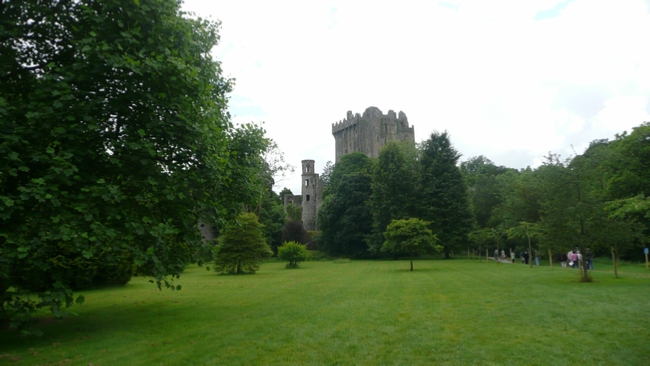
A community at Cobh may date back as early as 1000 BC when some believe the first dwellers landed on the Irish coast.
One last item before I move on.
From Cobh we traveled back through Cork to Kinsale, Co. Cork (in the Irish Cionn tSáile). Kinsale is a lovely fishing village just to the southwest of Cork though it has a special place in Irish history. Earlier I related to you the history of the Battle of the Boyne in which the Protestant forces under King William defeated the Irish Catholic Jacobites under King James II (deposed) in 1690. Well, 89 years earlier, in 1601, the English defeated what amounted to Gaelic Ireland in the Battle of Kinsale.
The Spanish, in their continuing efforts to defeat England, sailed into Kensale harbor and landed about 5000 men at Kinsale. At the same time, about 6000 men under the two Irish chieftains, Hugh O'Neill, Earl of Tyrone, and Hugh Roe O'Donnell, marched from Ulster in the north to join the Spanish. Meanwhile, 12,000 English under Charles Blount, Lord Mountjoy, rushed to Kinsale and laid siege to the town, occupying the high ground above Kinsale, from where they continuously fired on the Spanish. Due to a lack of communications between the Spanish and the Irish, they were unable to smash the English between them. The English cavalry wreaked havoc among the Irish and most were finally forced to retreat back to Ulster. Though some remained to fight with O’Sullivan Beare, they were inadequate to be effective.
The Spanish held out for some time but were finally forced to sue for a settlement.
England saw this a an opportunity to seize the lands of Ulster and brought in many lowland Protestant Scots to farm it. Thus were created the Ulster Scots that later emigrated to America to become what we know as the Scots-
Our arrival in Kinsale was much less heralded and much less contested. We first visited the site of one of the earliest star forts, Ft. Charles, that lies in the Harbor of Kensale. In its day, a star fort was the ultimate in defensive technology. Because of its star configuration, all walls could be targeted from within the fort for defense. It remained in use up until the Irish Civil War in 1921.
We proceeded on into town where we had an opportunity to do a little shopping. We then took our mid-
We then headed back through Cork to a well known castle just northwest of the city -
Blarney Castle being our last point of reconnoiter for the day, we returned to Cork for inner and a well earned rest.

 Additional photos
Additional photos
 To Day 7 - Co Kerry & Ilnacullin Island
To Day 7 - Co Kerry & Ilnacullin Island